Project 8: Cloning Attempt
Introduction
We decided to explore cloning as a method of plant propagation and maintaining genetic purity with foreign seeds. The cost and rarity of good seeds make cloning an attractive option for better consistency of plant characteristics. Research on the application of this technique was taken up after many discussions about maintaining genetics.
Parent plant genetics/seeds:
Doctor Seedsman CBD 30:1 Feminized Seeds – 10
Tatanka Pure CBD Feminized Seeds – 5
Aims and Objectives
We aim to teach Mgadlela Farm the technique of basic cloning with a modest budget using already gathered material (2021 projects). This is a major advantage for a farmer, especially when trying to produce genetic consistency.
Research will test different rooting agents against survival rates of cuttings. Testing gathered research knowledge against real-world farming scenarios in Eswatini.
We further aim to preserve our Dr. Seedsman and Tatanka genetics which we have imported, we want to propagate to maintain consistent CBD content.
Research Process
Research took place inside the HN shade cloth greenhouse, we used small plastic domes for increased humidity and plastic bottles cut in half as mini domes. Cuttings were placed into Mgadlela’s soil mix kept moist with pure water and covered.
Dry powder rooting agent was used on ten cuttings taken from CBD “mothers” in the greenhouse on the 15/1/2022.
Using gel rooting hormone a second set of ten cuttings were taken from the CBD “mothers” in the greenhouse on the 28/1/22. The makeshift smaller mini domes made from bottles were used on these cuttings. Unfortunately the success rate was not good for all twenty cuttings, most failed after a few days.
As of 8 February 22 in the greenhouse; two from the first batch taken on 15/1/22 have survived but are not growing well. Six from the second batch have survived and are showing shoots.
Later on a third attempt was made using plastic bottle domes, which had a higher success rate.
As of 13/1/2022 there were two surviving clones in total. They were the ones taken on the 28/1/22, showing shoots and growing.
The above image shows cuttings with plastic bottle covers.
The above images show the cuttings taken in different sizes at various points in growth.
Dr Seedsman and Tatanka 30:1 CBD “mothers”.
The Images above show the last few surviving clones in the ‘final stage’ of growth, they did not get any larger and produced tiny flowers before dying.
Partnership Programme
In this project both Hemp Nation and the farmer learned almost from scratch how to clone plants. Having been provided with the necessary basic knowledge and cloning agent, the farmer did have success at creating live clones. His understanding of the cloning process is at a level where he can continue research and hopefully have better success. The importance of maintaining the genetics of the plant were understood by the farmer through this process.
Conclusions
The parent plants did not suffer from having a few cuttings taken off them, however the survival rate is not good, none survived. The mini greenhouse effect and soil seems good since the cuttings did not die straight away. Our partner/farmer is convinced we took the cuttings too late in the plants’ growing cycle and we have noted this for our next attempt.
One key finding is that the cuttings did not go through the vegetation stage of growth, they stayed very small and produced tiny flowers while they were still alive. This supports the hypothesis that the cuttings were taken too late in the growth cycle of the mother plants.
Although the growth of the clones was very slow, and there were significant losses, we did create 6 baby plants from one european mother plant, potentially multiplying out the benefits of our high CBD plant. For a brief period we had maintained our foriegn genetics into another season.
The timing of taking the cuttings, as well as the ‘parenting’ techniques of baby clones has to be developed further. Different types of rooting powder were used, however we are not sure if it influenced the success rate due to such high losses. We also have some other new questions such as; when to add nutrients? Clearly more research is also required in the cloning project.

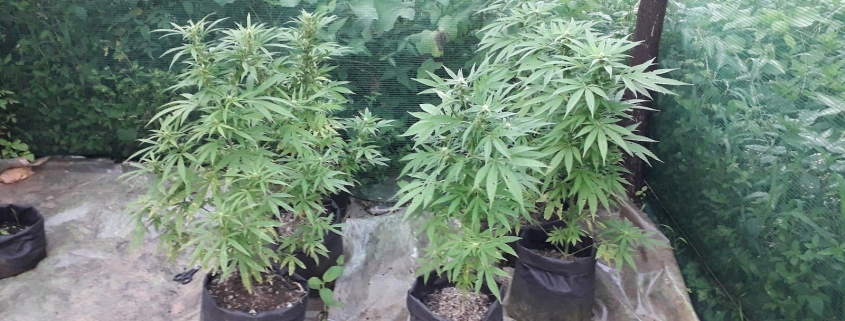
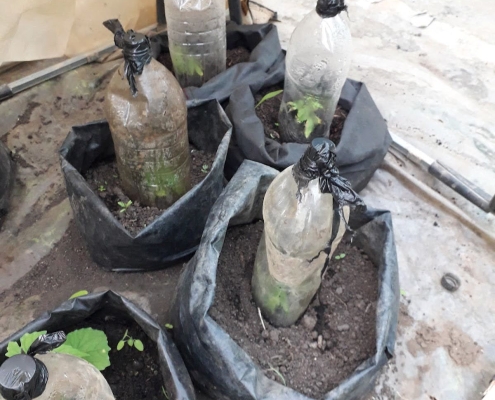
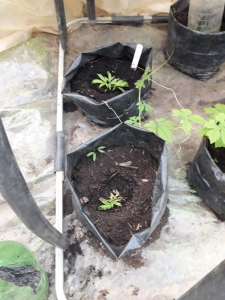
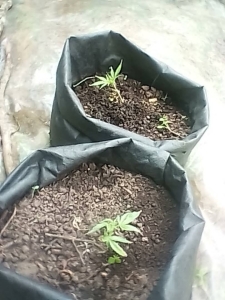

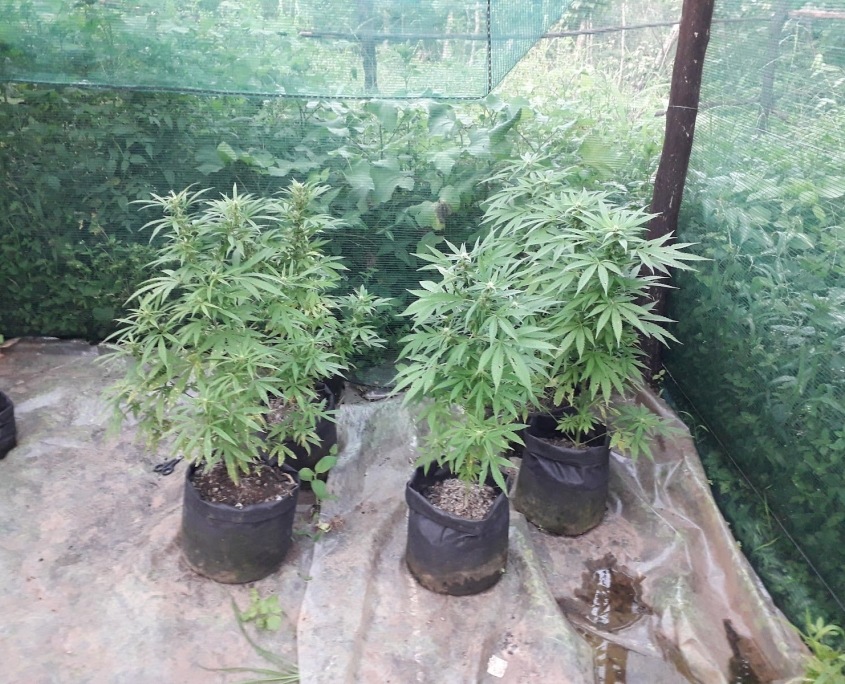
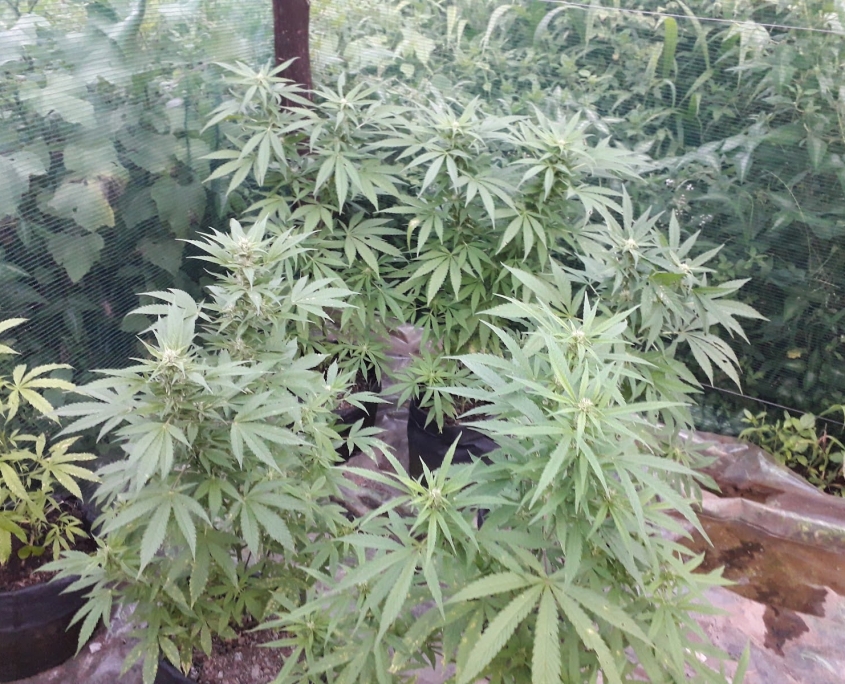
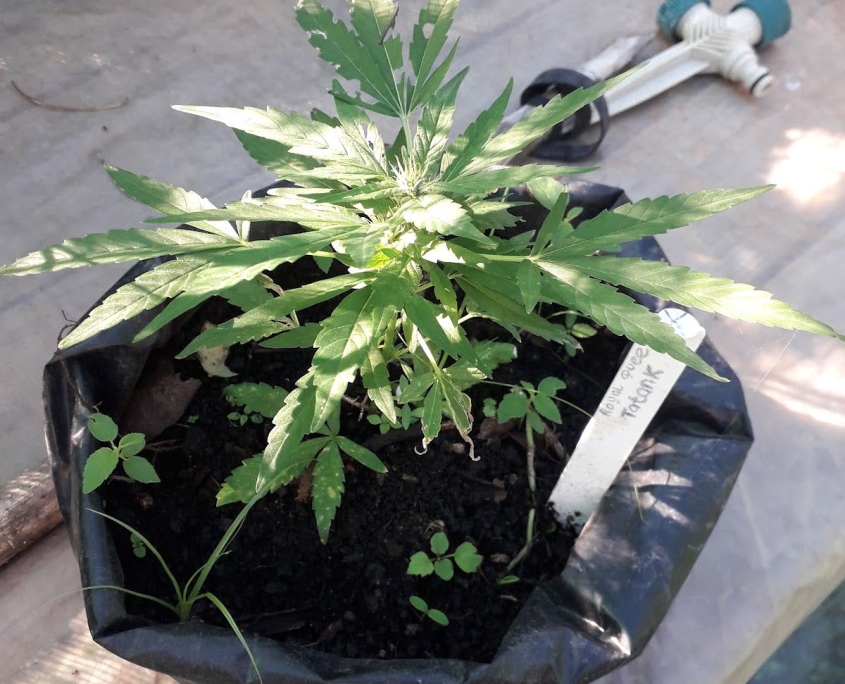
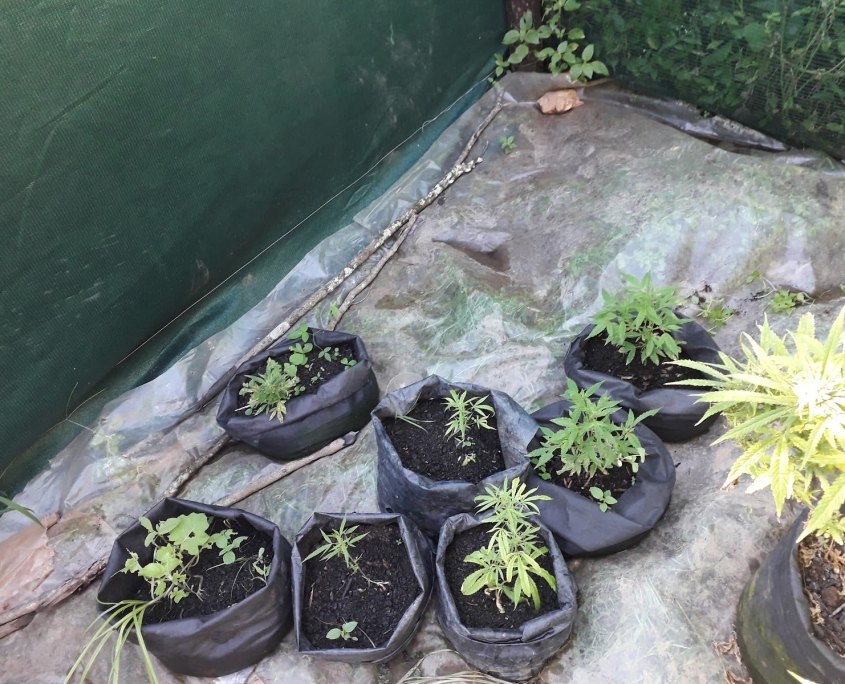


Leave a Reply
Want to join the discussion?Feel free to contribute!